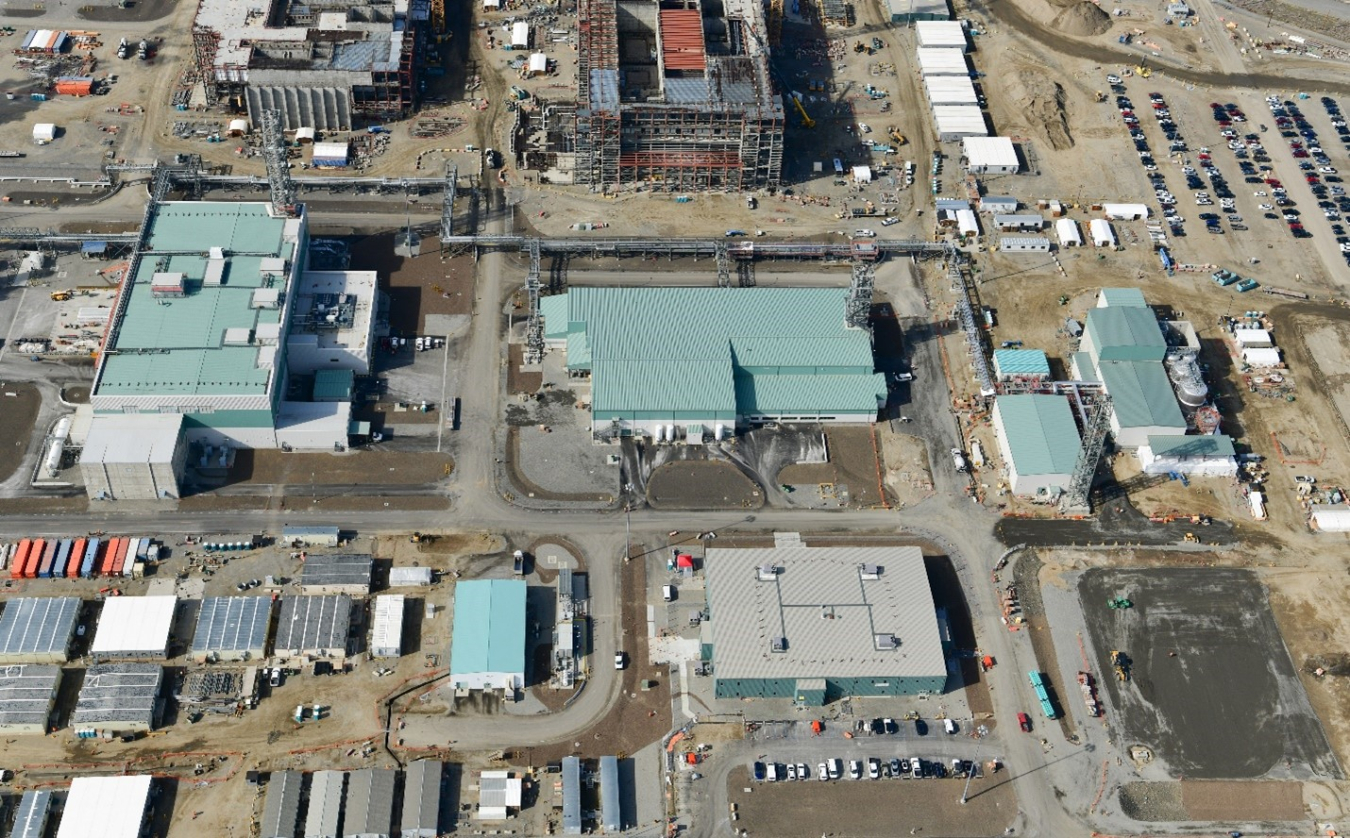An EM Office of River Protection (ORP) contractor team has finished creating almost 5,500 step-by-step procedures required for operation of Waste Treatment and WTP systems and facilities needed for Hanford’s DFLAW approach to tank waste treatment.
Office of Environmental Management
April 6, 2021
RICHLAND, Wash. – An EM Office of River Protection (ORP) contractor team has finished creating almost 5,500 step-by-step procedures required for operation of Waste Treatment and Immobilization Plant (WTP) systems and facilities needed for Hanford’s Direct-Feed Low-Activity Waste (DFLAW) approach to tank waste treatment.
The team of prime contractor Bechtel National, Inc. and subcontractor Waste Treatment Completion Company (WTCC) developed the bulk of the procedures for 119 systems, with 37 abnormal operating procedures and six emergency operating procedures covering potential events such as high winds, wildfire, or security issues.
DFLAW is a system of interdependent projects and infrastructure improvements, managed and highly integrated as a program, that must operate together to vitrify, or immobilize within glass, Hanford tank waste.
“Completing operating procedures is the catalyst for training plant staff before we start up the first melter in the Low-Activity Waste Facility,” said Mat Irwin, ORP deputy assistant manager for the plant. “This accomplishment makes it possible for the training department to develop scenarios and train operations staff; the commissioning team to develop work packages; and the operations team to follow procedures for running systems and managing the plant.”
A pair of 300-ton melters will use electricity to heat tank waste and glass-forming materials to 2,100 degrees Fahrenheit. The molten mixture will be poured into large stainless-steel containers that will be sealed and transported to Hanford’s nearby Integrated Disposal Facility.
The WTCC Technical Procedures Department is a group of 35 experienced writers who work with teams across the plant to review and approve procedures. The department’s collaboration with engineering, operations, safety, and many other departments was key to continuously improving and issuing the procedures on time.
“Most of our team has both U.S. Navy and commercial nuclear experience,” said Shavon Asselin, WTCC operations procedures manager. “Their experience played a major role in completing this goal. I'm proud to be a part of such a driven and talented team.”
The WTP facilities can be viewed using the self-guided Hanford Virtual Tour.
To receive the latest news and updates about the Office of Environmental Management, submit your e-mail address.

